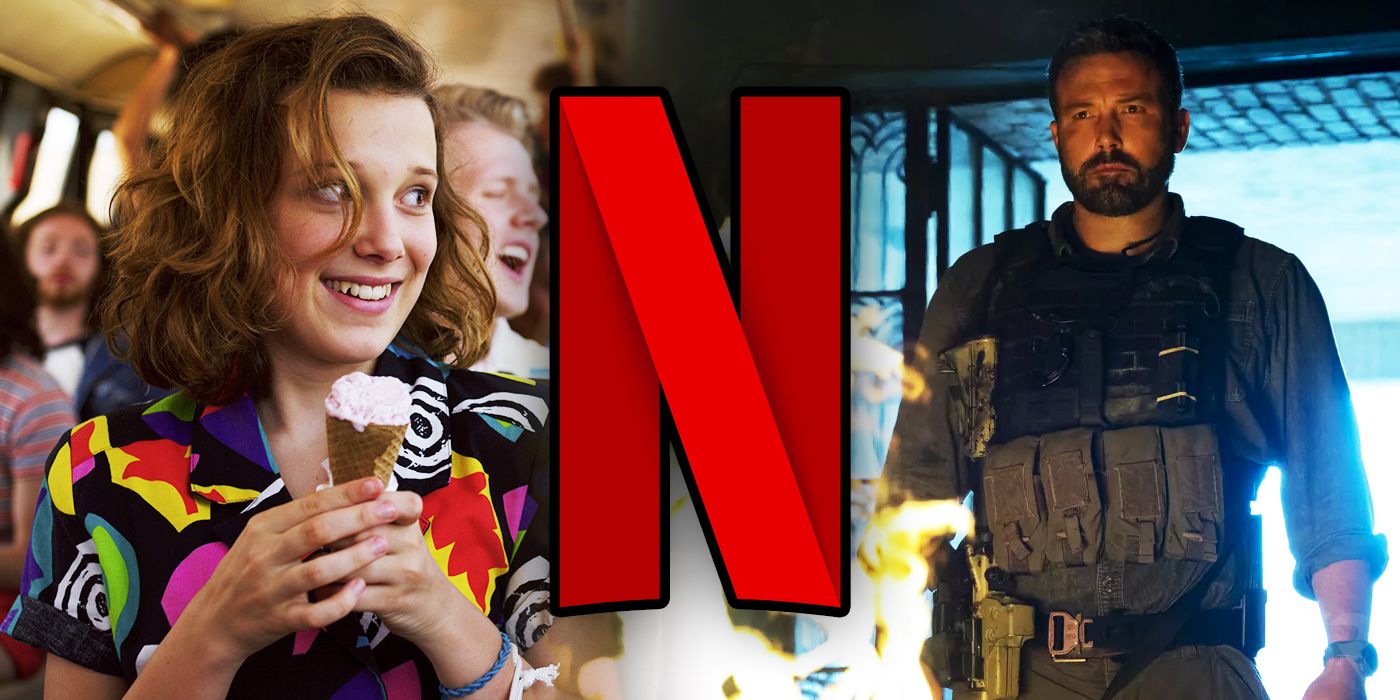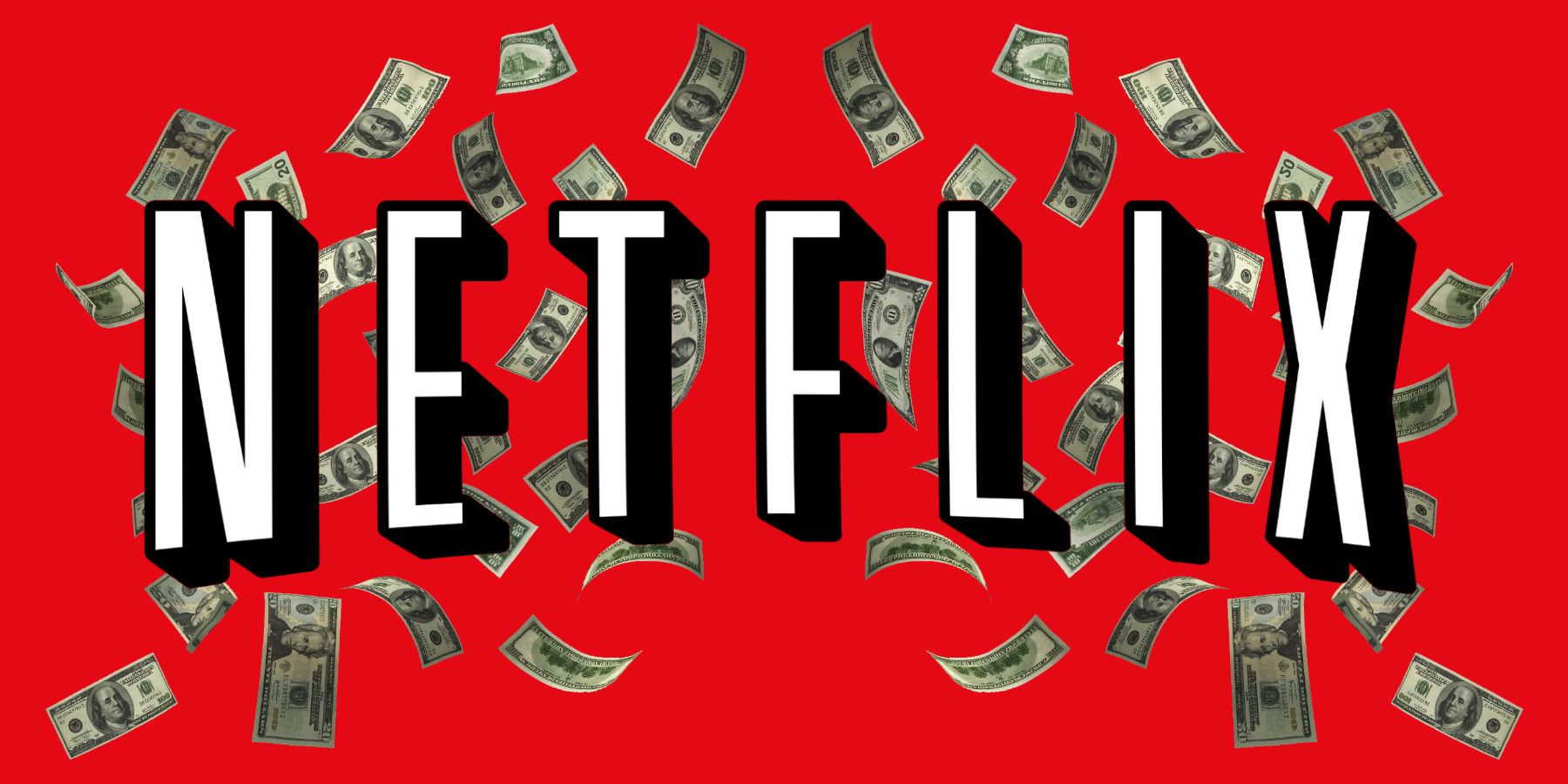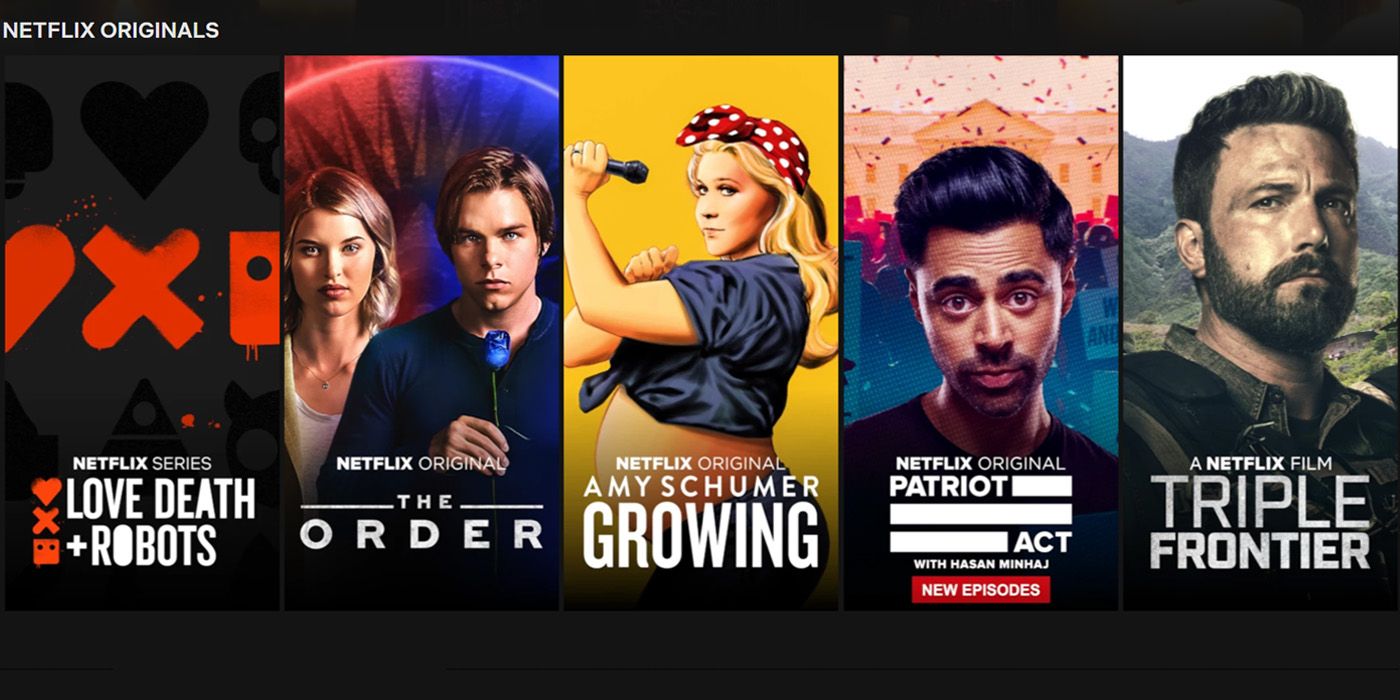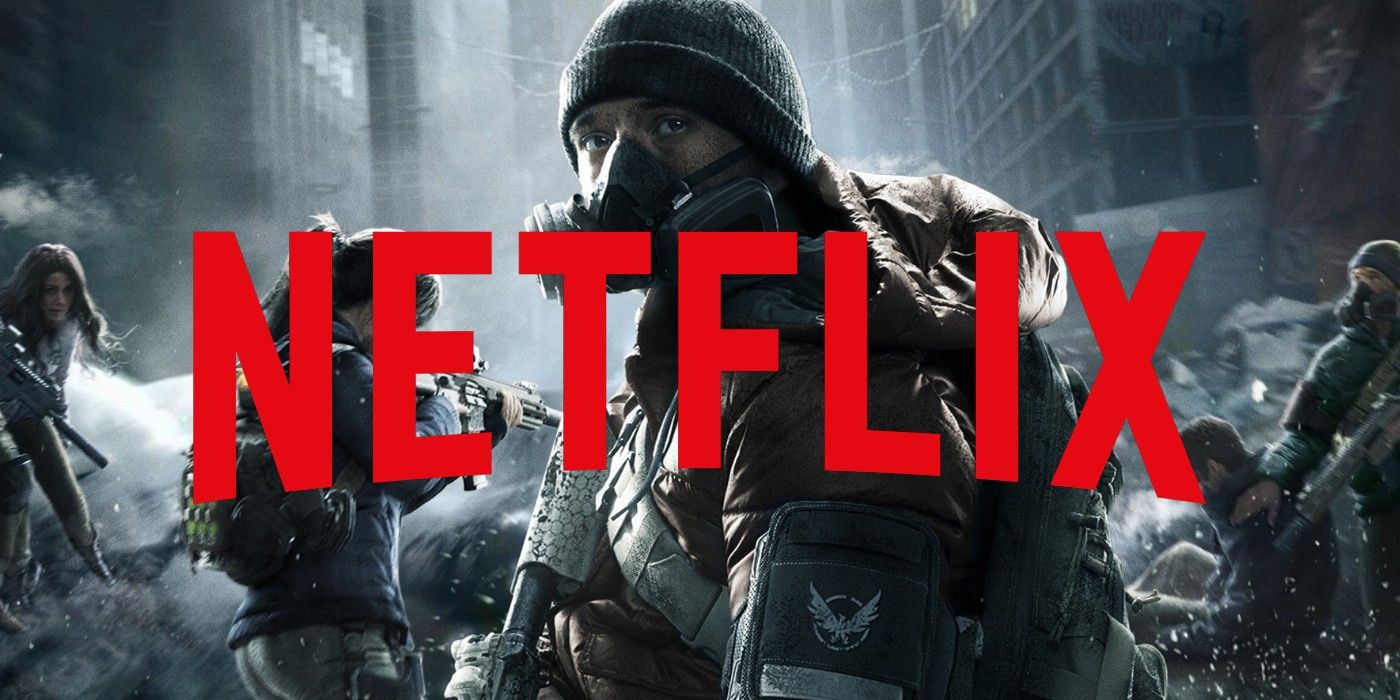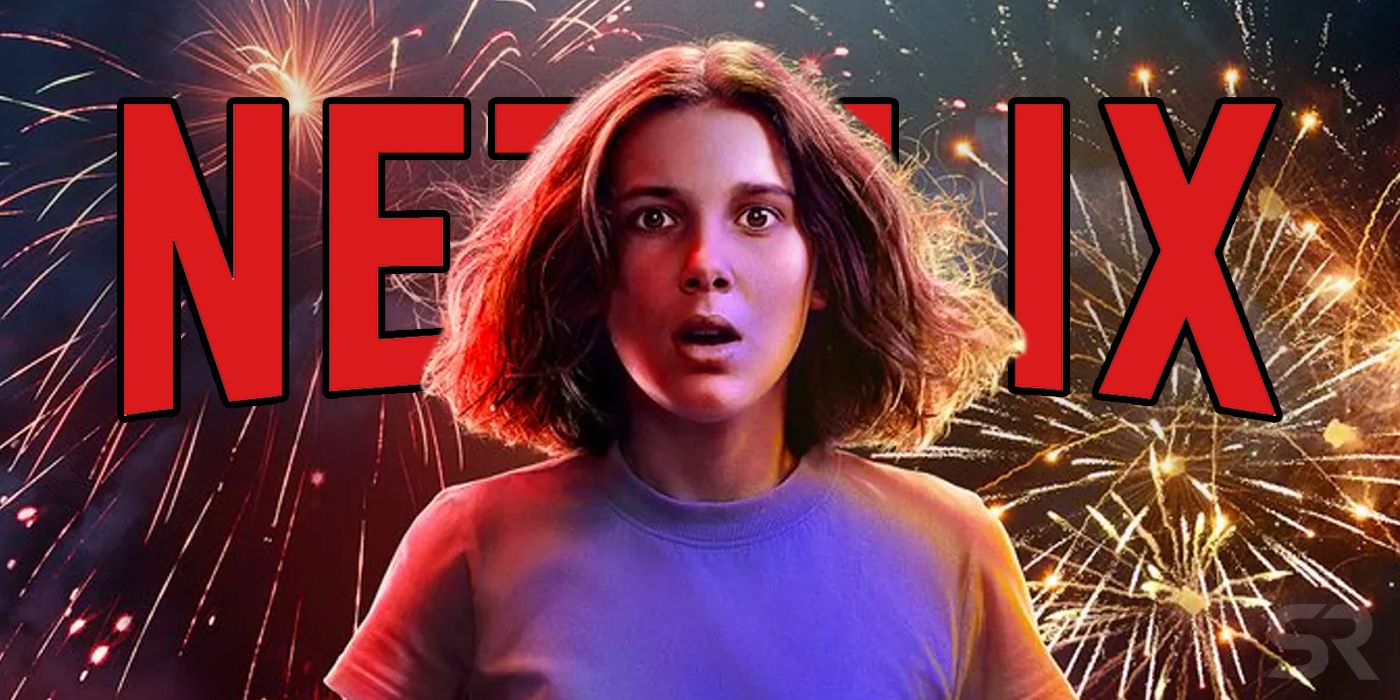At the start of this year, Netflix announced their biggest ever price hike in the US - but it's unlikely to be the last. With mass amounts of new, original content on the way and rivals emerging at an increasing rate, Netflix prices are going to keep rising, even if that competition may mean that they start to lose subscribers as a result.
There's no doubt that Netflix is (presently) the leader of the pack when it comes to streaming services. Hulu, Amazon Prime, and the upcoming Disney+ may be big, but Netflix was the one that really started it all, growing from a mail-order DVD rental company to the streaming giant that it is today. Netflix was the one to pioneer not only the model, but the idea that streaming services could create their own content, too.
However, a series of Netflix price hikes over the past several years has left a bad taste in subscribers' mouths, and it looks like the prices aren't going to be dropping again any time soon.
Netflix Raised Their Prices Again At The Start Of 2019
Back in January, Netflix announced that the prices on all three streaming plans would go up, marking the biggest price jump in their history, and the first time that they increased the price on all three plan options at once. The plan rolled out for new subscribers early in the year, with existing subscribers being moved onto it a little more slowly - although now everyone is on the new plans. The jump saw the basic plan go from $7.99 to $8.99, the standard plan (including HD video and two screens) go from $10.99 to $12.99, and the premium plan (Ultra HD and four screens) go from $13.99 to $15.99.
Unsurprisingly, viewers weren't thrilled about this rise in price, especially because it is the fourth time prices have increased, and the largest increase overall. When the service first started in 2010, it offered only one plan, which cost $7.99. In 2013, the premium plan was introduced at $11.99. In May 2014, Netflix added their third plan, costing $7.99, and bumped their standard plan to $8.99 in price. The next year, in 2015, that standard plan went to $9.99, and two years later, both the standard and premium plans took a price jump, from $9.99 to $10.99, and $11.99 to $13.99, respectively.
Now, two years later, this most recent price hike is the first time in nearly a decade that no one will be able to access Netflix for $7.99 a month. And while these increases aren't huge (it amounts to, at most, $24 a year), they are definitely starting to add up.
Why Netflix Is Getting More Expensive
Of course, essentially any product will go up in price over time, but Netflix's are some pretty big increases for a period of less than a decade. The reason? Very simply, Netflix Original Series. When Netflix was in those early days of $7.99 subscriptions, it was essentially the only streaming service available, but now, it's a highly competitive market - Hulu and Amazon Prime are the biggest rivals, but they are quickly being joined by others: Disney+, HBO Max, AppleTV+ and other sites vying for consumer attention - and all with their own original series and films. In order to stay ahead of the pack, Netflix began creating their own series and films in 2013, and since then, the amount of original content they are producing is growing incredibly rapidly.
With that, however, comes extra cost. The average programming cost per streaming customer skyrocketed as Netflix strived to create content that would keep everyone entertained. And while they have some major hits on their hands (Orange Is The New Black, GLOW, and Stranger Things all recently released new episodes), there have also been many duds over the past years, especially when it comes to expensive feature films. Today, they've almost viewed as a straight-to-video dumping ground. With the competition getting fiercer, Netflix is striving to find a way to fund incredible original series while not becoming significantly more expensive than every other streaming service on the market.
Streaming Prices Are Only Going To Get Worse
Netflix's overspending appears to have finally caught up with them, however. There's been a noticeable trend for the streaming giant to cancel seemingly-popular originals after two or three seasons, leaving the stories and creators in limbo. This is down to them valuing subscriber growth above all else, and the loss of series after three years does little to lose customers while it keeps expensive renewal costs down. More damaging, after recent film misfires, Netflix plans to spend less on original movies going forward. However, these measures don't mean that this is the end to Netflix's price increases. The company has been operating at extreme growth, and these cuts are adapting to a normalizing out; there's unlikely to be any benefit passed onto the consumer.
What will really hit, though is the impact of competition. Price will become a key battleground in the streaming wars - Disney+ is going to cost a mere $6.99 a month - but that can only goes as far as keeping financially solvent. Even with a lower price point for one service, there's still going to be a weight on the consumer's pocket: more streaming services can mean more subscriptions, and with that more per month going to various companies.
Will Netflix Continue To Lose Subscribers?
The flipside to this, of course, is that the increase in price (combined with the stiff competition) may lead to Netflix losing out on money in the long term thanks to fewer subscribers; be that is new subscribers who choose to go elsewhere or existing subscribers who decide to leave. Since the announcement of the price increase at the start of the year, Netflix has seen a drop in subscribers for the first time since 2011. Despite predicting a gain of 300,000 accounts for their second quarter (US), there was actually a drop of around 100,000. Worldwide, the company also failed to hit their forecasted numbers, with only about half of the predicted 5 million new global subscribers appearing. Despite this, in a letter to shareholders, Netflix argued that this was a blip, not the start of a bigger issue, and stated that the next quarter would see a return to growth.
It's clear that Netflix is now focusing on original content, and assuming that this shift will be enough to carry them past the competition to remain the juggernaut of streaming services that they currently are. Ted Sarandos, Netflix’s chief content officer, has said (via YouTube) that they are intentionally moving away from the old "see everything in one spot" model to become a content creation site: "By making these early investments in original programming, [we’re] getting our consumers … much more attuned to the expectation that we’re going to create their next favorite show, not that we’re going to be the place where you can get anything every time." It remains to be seen whether or not this will pan out, or whether the competition with stronger brands will cause Netflix to lose its spot at the top.
Even with price increases, Netflix is far from the most expensive of the streaming services (Playstation Vue, HBO Now, and Sling are all still more expensive, while Hulu and Amazon Prime are only slightly less), and their reputation and original content may be the thing that sees them through.

